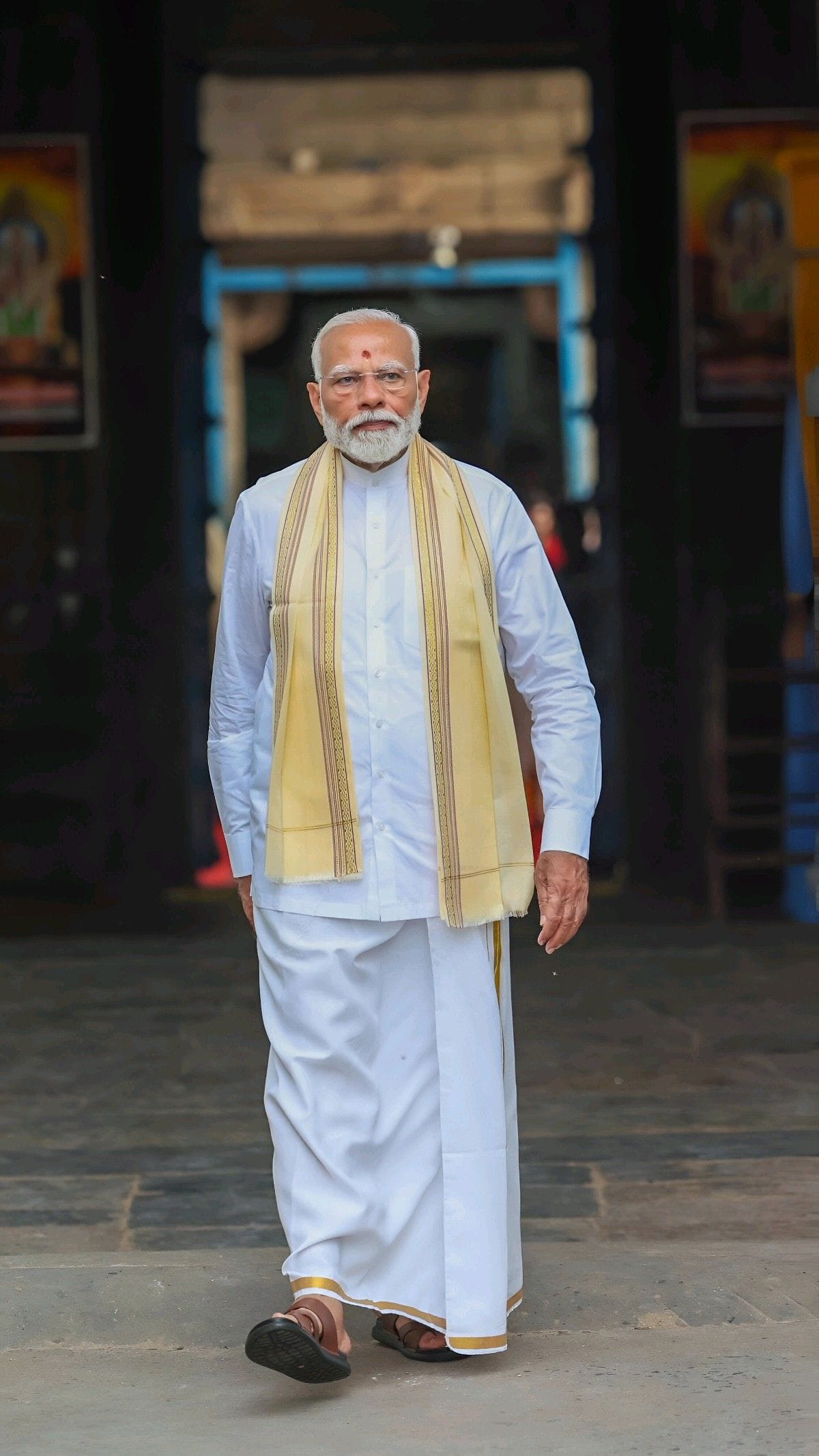Narendra Modi is one of the most influential political leaders in India. As the Prime Minister of the country since 2014, he has played a crucial role in shaping India’s development, economy, and international relations. His leadership style, policies, and vision have earned him both praise and criticism.
Early Life and Political Journey
Born on September 17, 1950, in Vadnagar, Gujarat, Narendra Modi grew up in a modest family. He worked at his family’s tea stall as a child and later joined the Rashtriya Swayamsevak Sangh (RSS), which shaped his early political beliefs. In 2001, he became the Chief Minister of Gujarat and served in this role until 2014. His tenure in Gujarat was marked by economic growth and infrastructure development.
Becoming the Prime Minister
In 2014, Narendra Modi led the Bharatiya Janata Party (BJP) to a historic victory in the general elections, securing a majority in the Indian Parliament. He became the 14th Prime Minister of India and was re-elected in 2019 with an even bigger mandate. His leadership has focused on economic growth, digital transformation, and strengthening India’s global presence.
Key Achievements
- Economic Reforms – Modi introduced the Goods and Services Tax (GST), aimed at simplifying India’s tax system. He also launched programs like “Make in India” to boost manufacturing and employment.
- Digital India – His government promoted digital transactions, e-governance, and financial inclusion through initiatives like UPI and Aadhaar.
- Infrastructure Development – Under his leadership, India has seen rapid expansion in highways, railways, and smart cities.
- Swachh Bharat Abhiyan – The nationwide cleanliness campaign aimed to make India open-defecation free and improve sanitation.
- Foreign Policy – Modi has strengthened India’s relationships with major global powers, including the United States, Russia, and Japan.
Challenges and Criticism
Despite his achievements, Modi has faced criticism for handling issues such as unemployment, rising inflation, and social tensions. His government’s policies, including demonetization in 2016 and the new farm laws, have sparked widespread debates.
Conclusion
Narendra Modi remains a dominant figure in Indian politics, with a vision to make India a global superpower. His policies have brought significant changes to the country, though challenges remain. As he continues to lead, his legacy will be shaped by the impact of his reforms and governance.
FAQs
Q: When did Narendra Modi become Prime Minister of India?
A: He became Prime Minister on May 26, 2014.
Q: What are Modi’s key policies?
A: His major policies include Digital India, Make in India, Swachh Bharat Abhiyan, and GST.
Q: What is Modi’s vision for India?
A: He envisions India as a self-reliant, developed, and globally influential nation.

